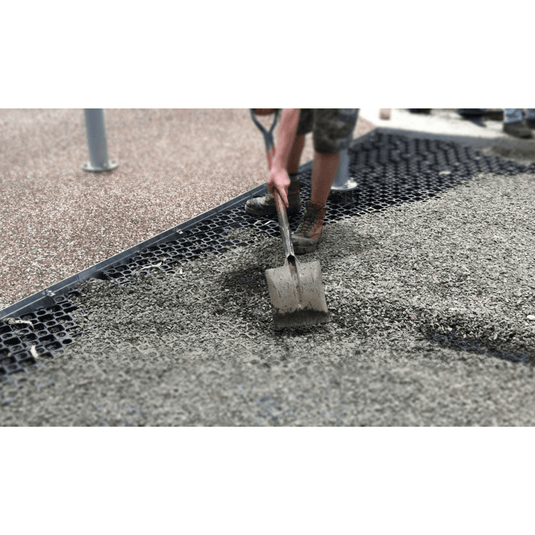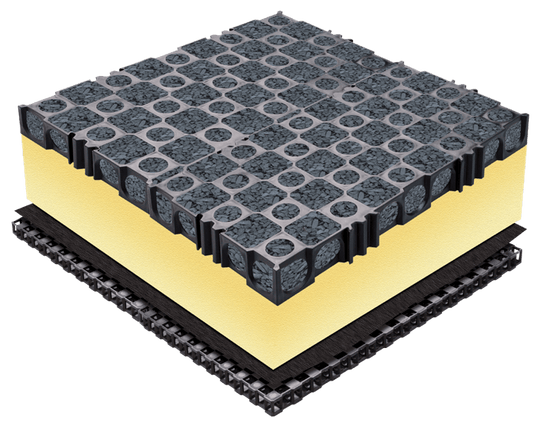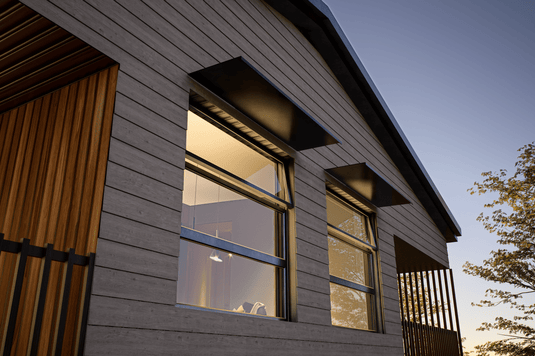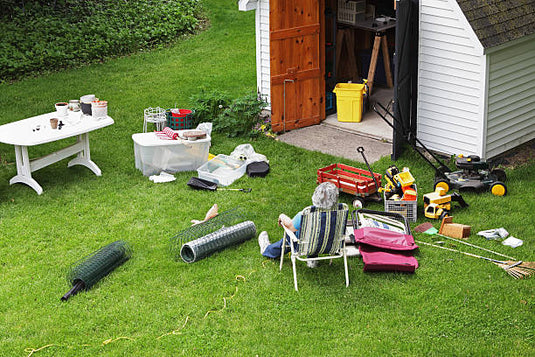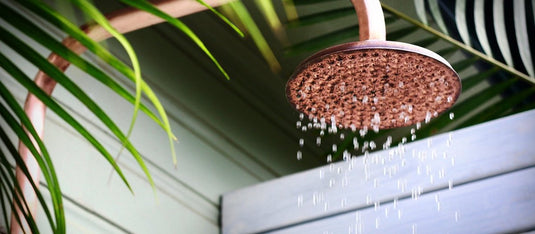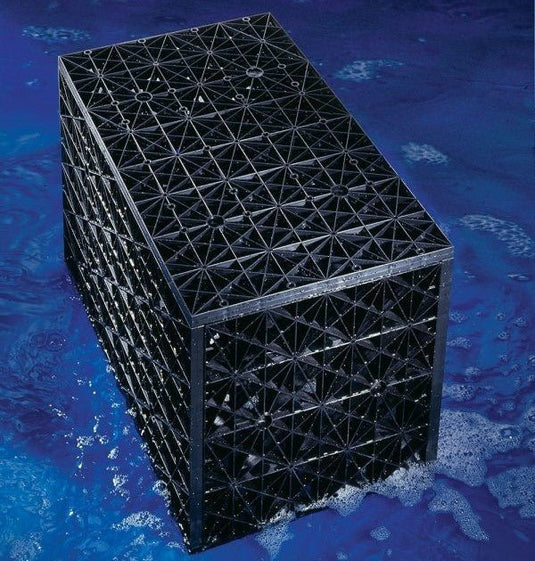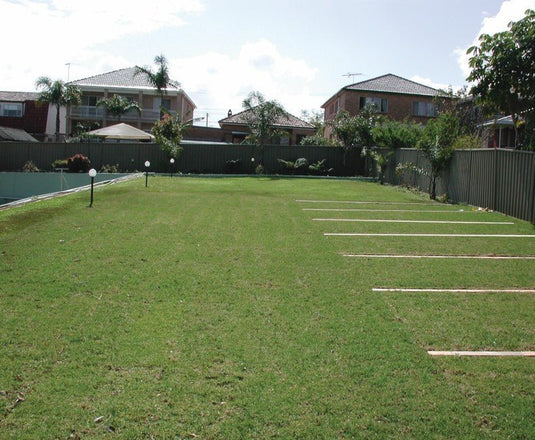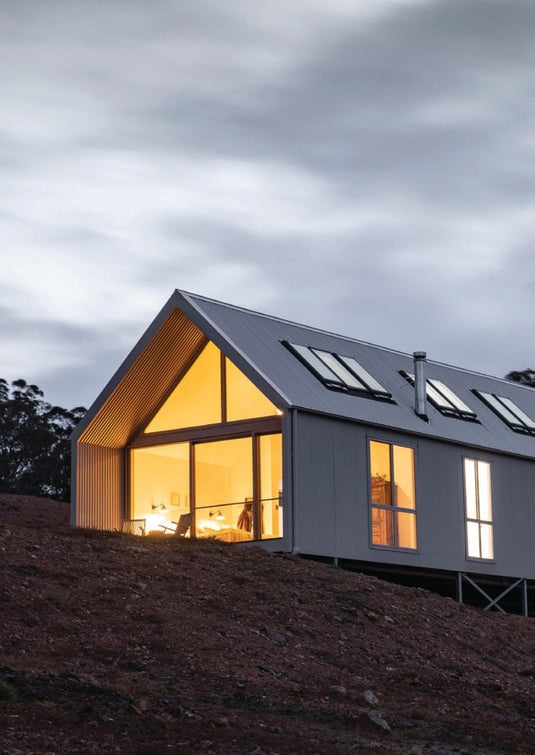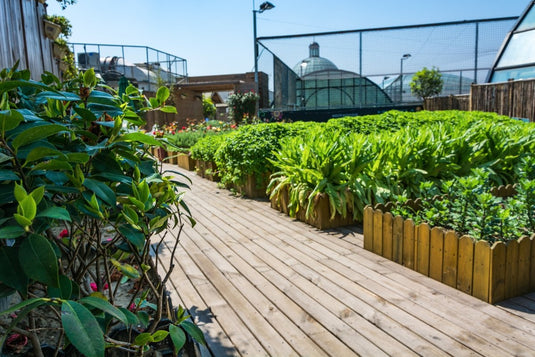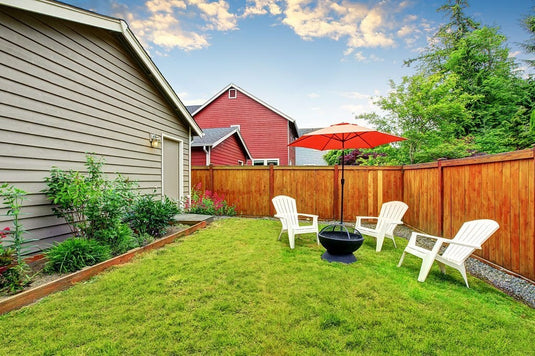
Turf Cell & Gravel Cell (Stable Grid)
5.0 / 5.0
(2) 2 Translation missing: en.genaral.accessibility.total_reviews
5.0 / 5.0
(2) 2 Translation missing: en.genaral.accessibility.total_reviews
5.0 / 5.0
(1) 1 Translation missing: en.genaral.accessibility.total_reviews
What are turf cells and gravel cells?
Both of these permeable paving systems are composed of interlocking plastic or concrete cells that are designed to allow rainwater to permeate through the grass and soil, as well as distributing the weight of vehicles and people evenly.
Turf cells, more commonly known as grass pavers, are filled with soil and planted with grass. On the other hand, gravel cells or drainage gravel is a similar permeable paving system filled with gravel, allowing the passage of water to infiltrate the ground.
In some cases, both turf and grave cells are used in the same system — they both can help in water filtration and reducing runoff.
How do turf cells and gravel cells work?
Turf and gravel cells are made mostly from recyclable materials that are resistant to ground chemicals. They are used to secure substrates in any construction project.
These two permeable systems work similarly to each other.
The difference, however, lies in the aggregate material used to fill in the chambers formed by the interlocking plastic. Grass pavers or turf cells are considered the most viable system to have if the construction project needs vegetation. These can be installed horizontally or vertically. Unlike concrete, turf cells allow for grass to grow its roots, undamaged by external stress from the impact of vehicles or people.
Furthermore, the structure permits the grass to thrive and fill in the system completely. This allows for lush growth that conceals the reinforcement structure underneath, enhancing the visual appeal of outdoor spaces.
However, grass pavers require regular maintenance to keep them neat and to prevent weeds from growing. In grass paved driveways, for instance, there is a need for consistent watering, fertilizing, and mowing. Removing any debris is also essential to prevent any accumulation on the surface.
Meanwhile, with drainage gravel, the chambers are filled with gravel, creating a stable and still permeable surface. Gravel cells can support the weight of vehicles or people, making them ideal for use in parking lots, driveways, and other high-traffic areas.
Unlike grass pavers, gravel cells need minimal maintenance. Still, it is recommended to periodically check the surface for any debris or sediment that accumulates in the cells.
What are the benefits of having grass pavers and drainage gravel?
As mentioned earlier, the biggest advantage of turf and gravel cells is the provision of a permeable surface that allows water to soak into the ground, reducing erosion and water pollution.
Other benefits of having these grass pavers and drainage gravel are:
- Management of stormwater – With turf and gravel cells, stormwater runoff is significantly reduced as they allow rainwater to infiltrate the ground. This reduces the risk of flooding and prevents pollutants from entering waterways.
- Groundwater recharge – Given that water can seep into the ground with grass pavers and drainage gravel, groundwater from aquifers can be replenished. This can help areas where groundwater is overused or limited.
- Reduction of urban heat – Grass pavers and gravel cells provide a cooler surface that absorbs less heat, helping reduce the urban heat island effect that is commonly experienced in big cities.
- Aesthetics – Both turf and gravel cells enhance the aesthetic appeal of outdoor spaces, allowing for a more natural feel that blends well with the surrounding. Grass pavers, in particular, help make urban spaces be greener.
Turf and gravel cell can be used in conjunction with subsurface drainage cell to create the ultimate stormwater management solution for your gardens. Unlike concrete systems, the void of the turf cell allows the root system to grow freely while being protected from being crushed by vehicles.

Order your cell by the m2 below or give Eco Sustainable House a call for more information. Please note 50mm cell dimensions have changed in 2020 to 50mm (D) x 575mm (W) x 575mm (L) (3 pieces per m2).
Find out more:
![]() Turf & Gravel Cell Example Plans
Turf & Gravel Cell Example Plans
What are the best uses of turf and gravel cells?
While both of these systems serve similar purposes, there are applications that are more appropriate for one over the other. Here are the areas where turf and gravel cells can be applied:
|
The possibilities are endless for turf and gravel cells, thanks to their versatility. They can be used in a wide range of applications, making them an excellent choice for developers, designers, and landscapers looking to incorporate sustainable and environmentally-friendly features in their projects.
Recent Posts
Subscribe to our newsletter
Be the first to know about exclusive in-store perks and once-in-a-lifetime deals. Don't get to miss them!





